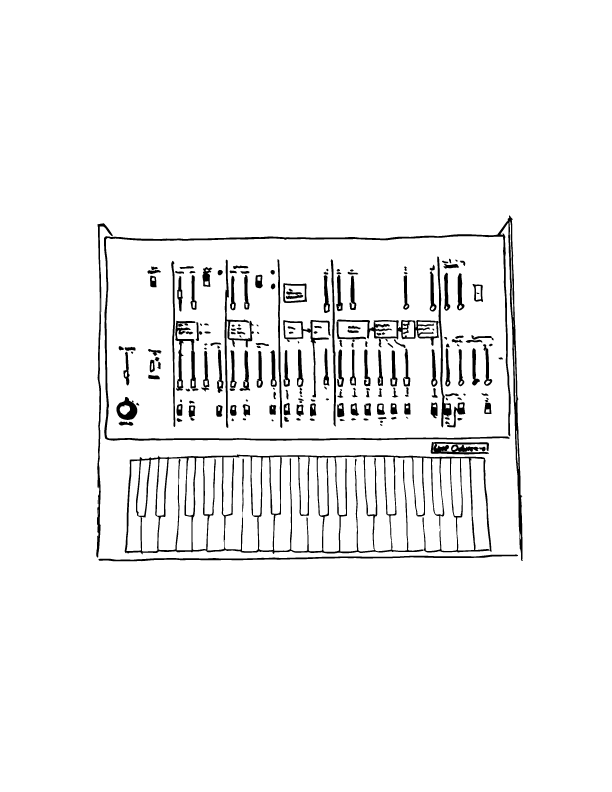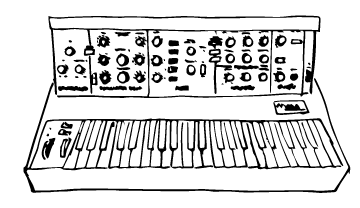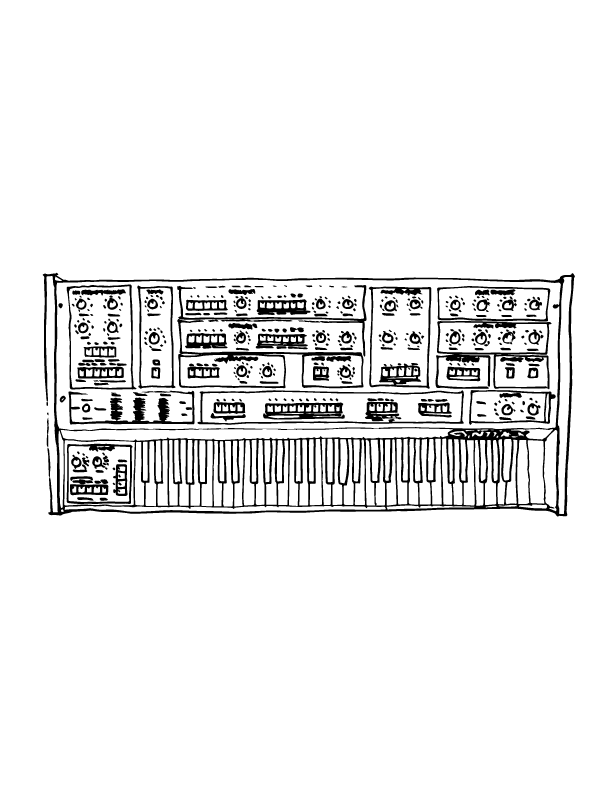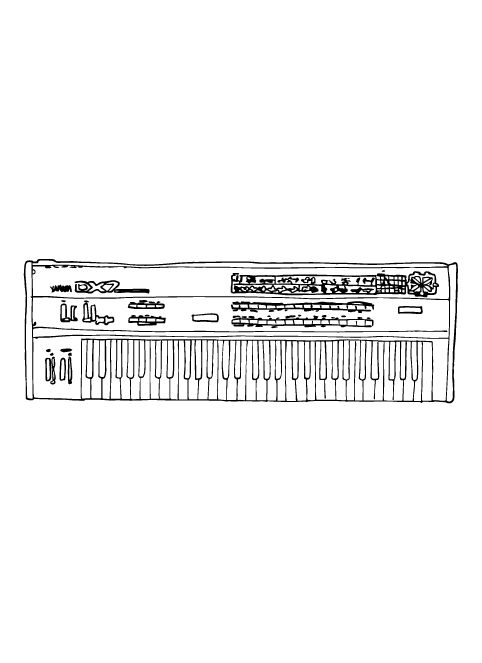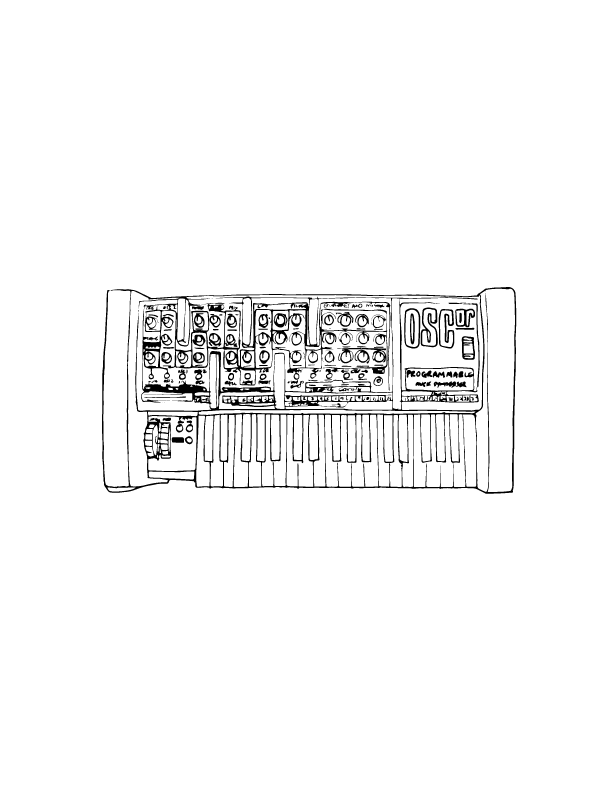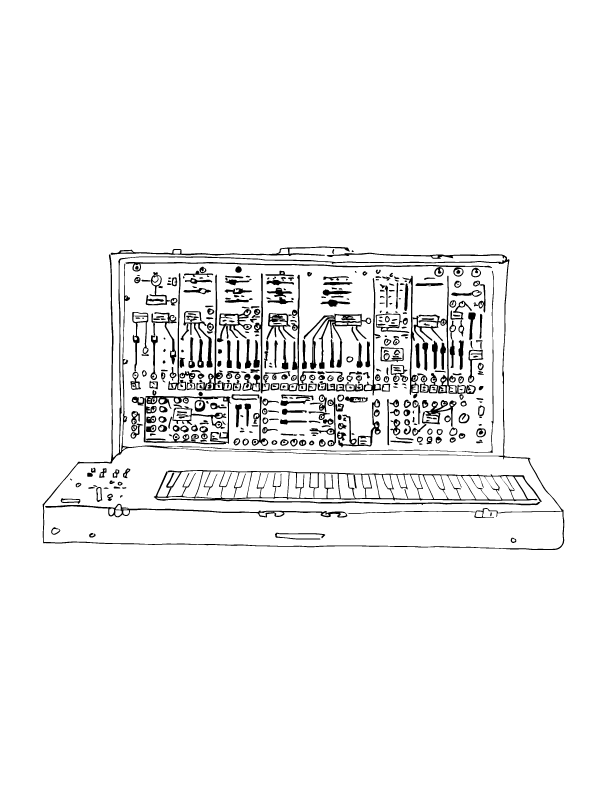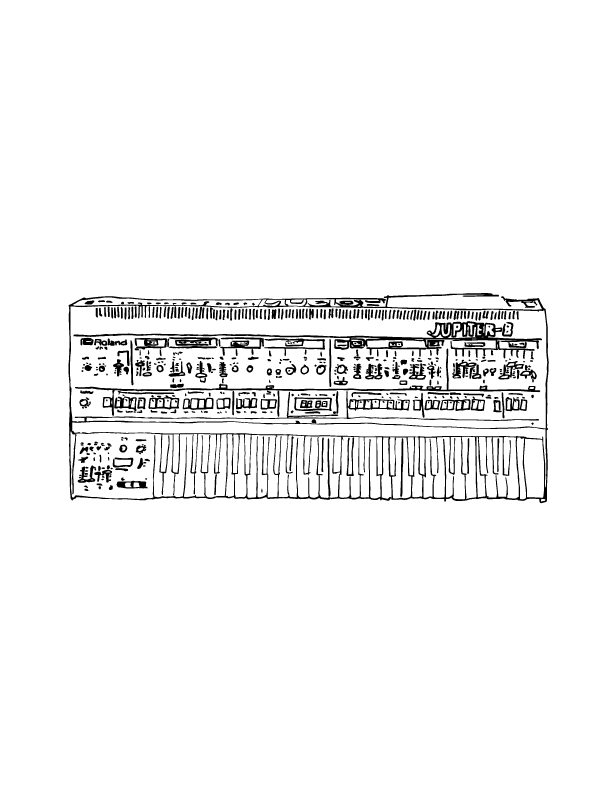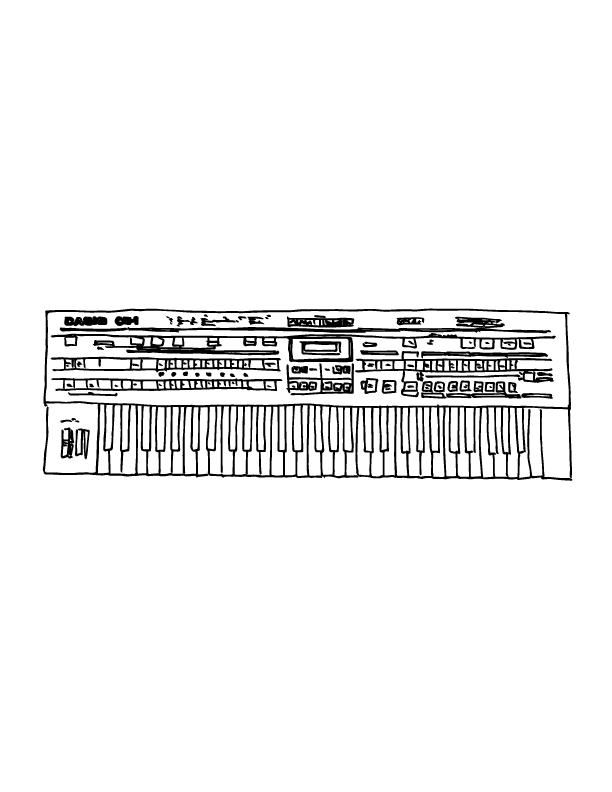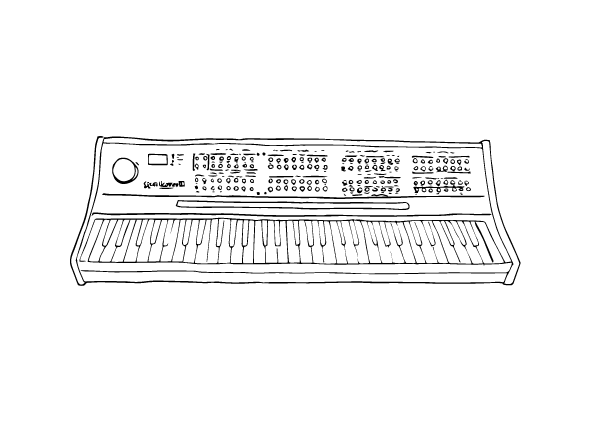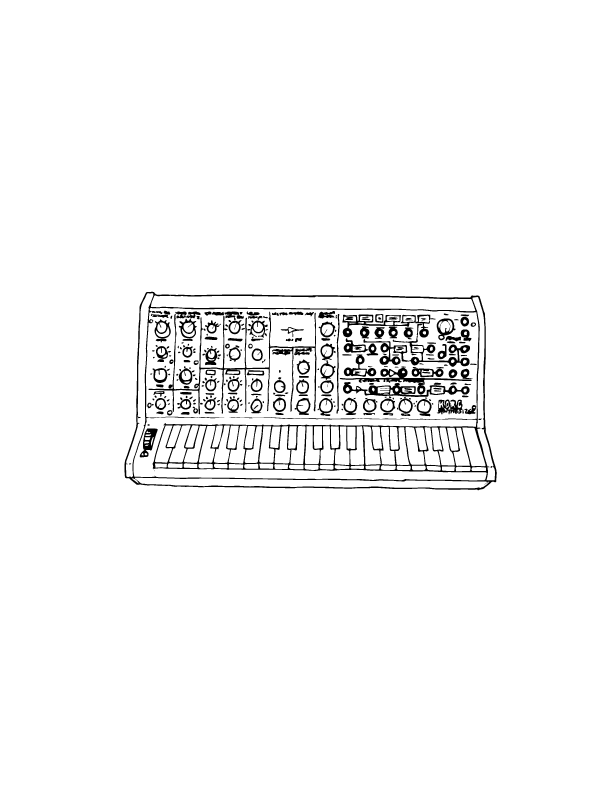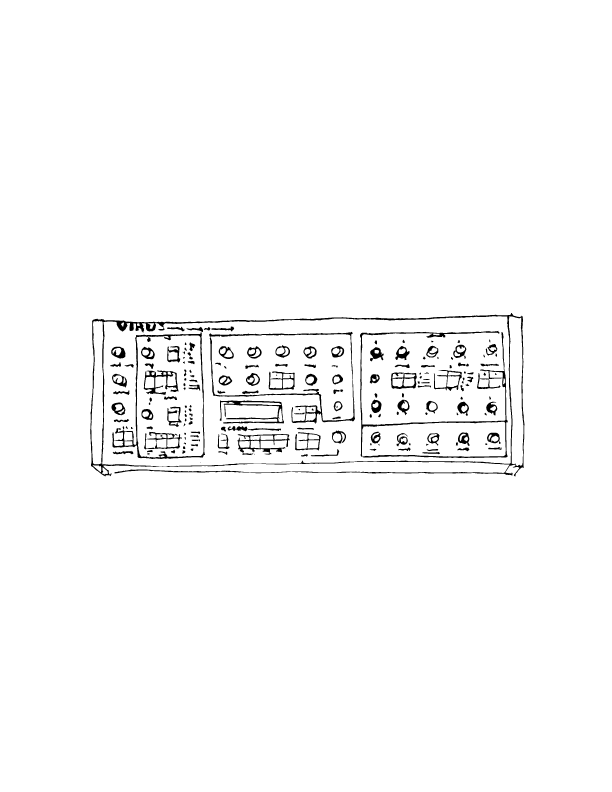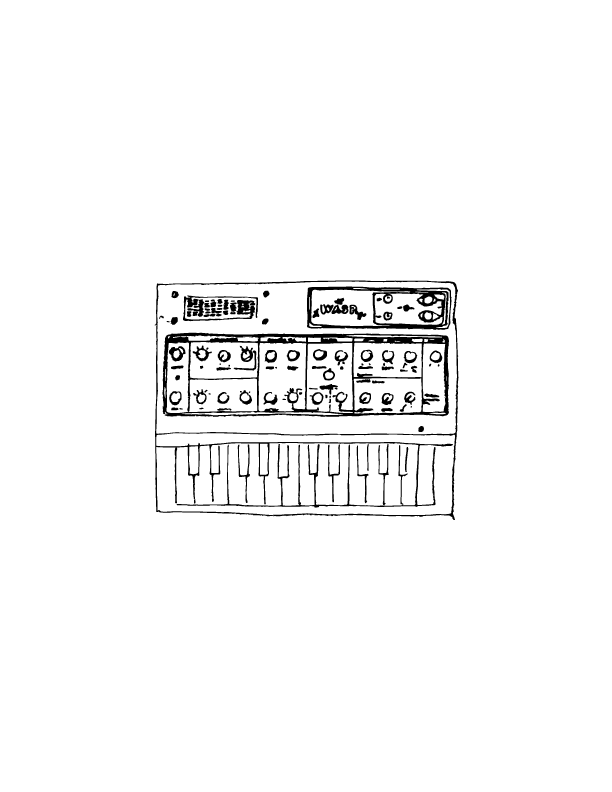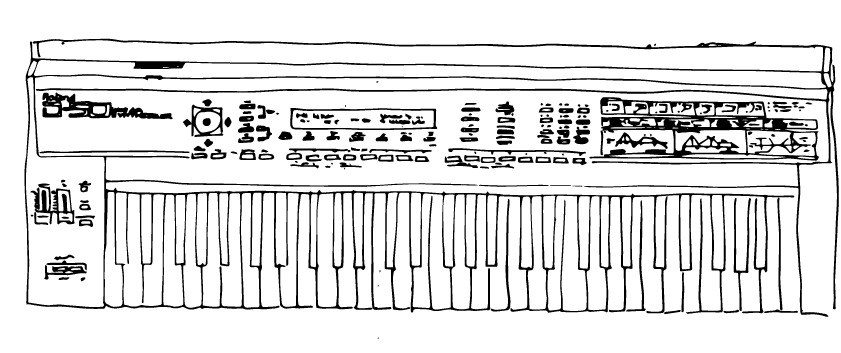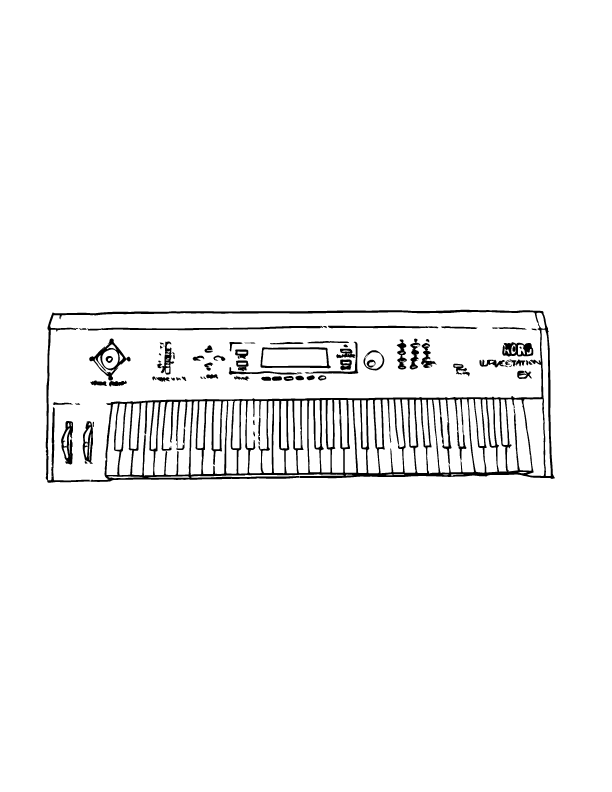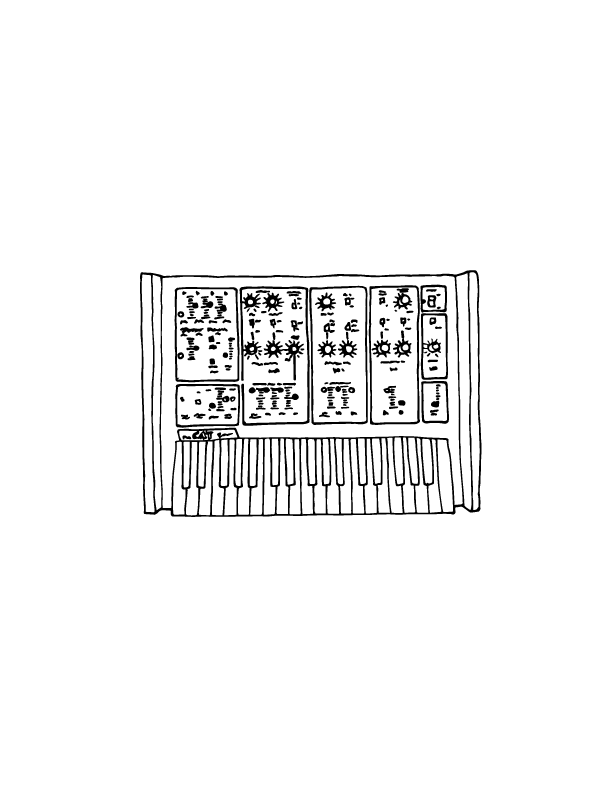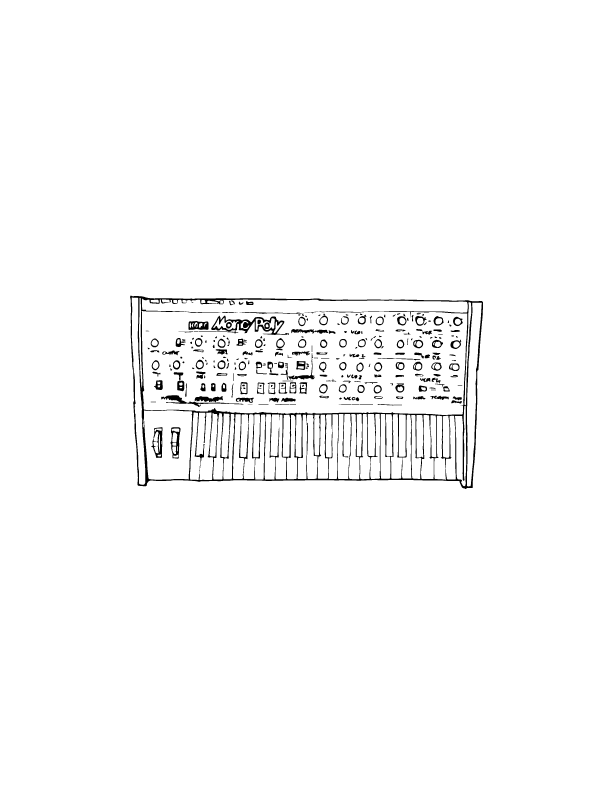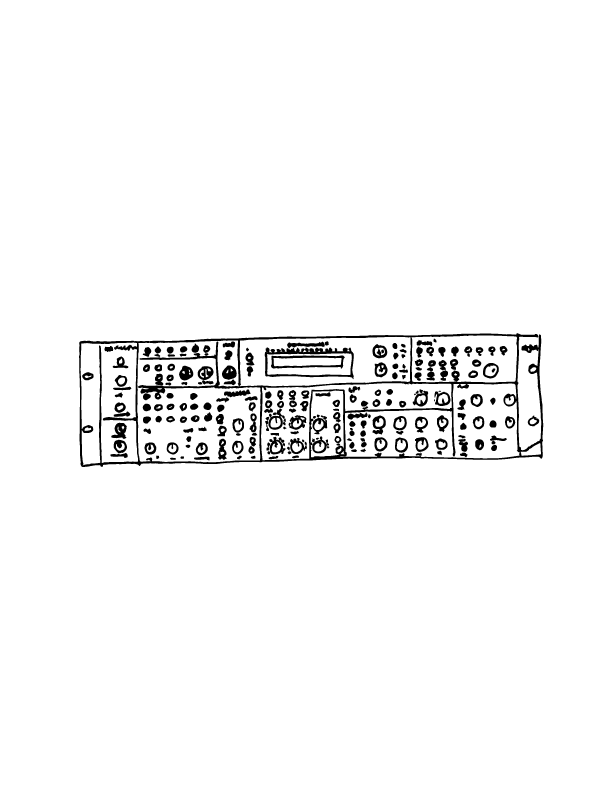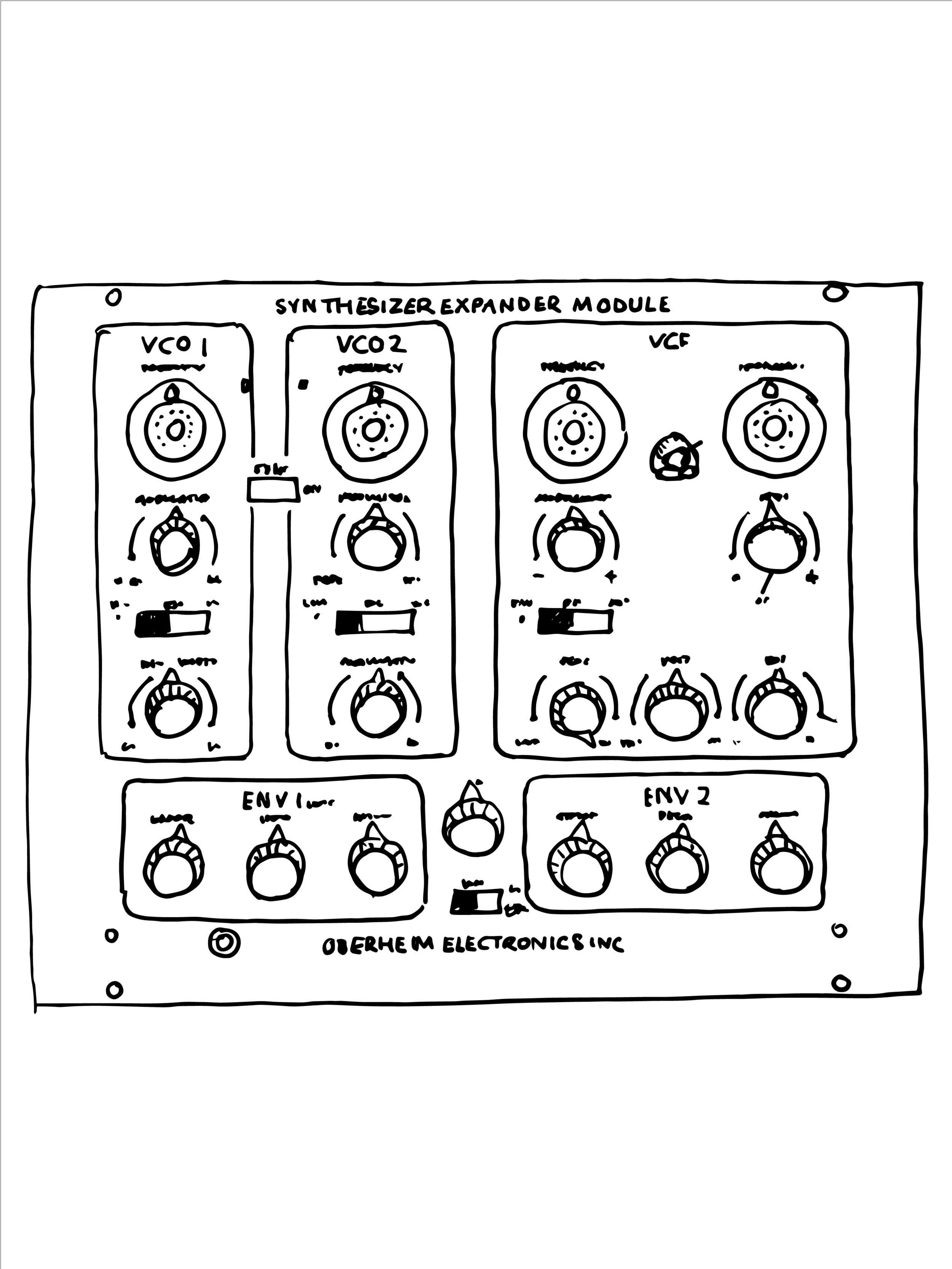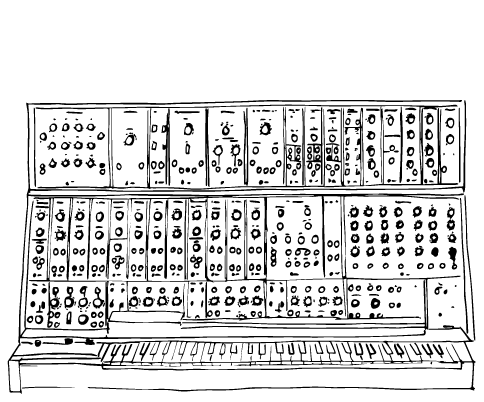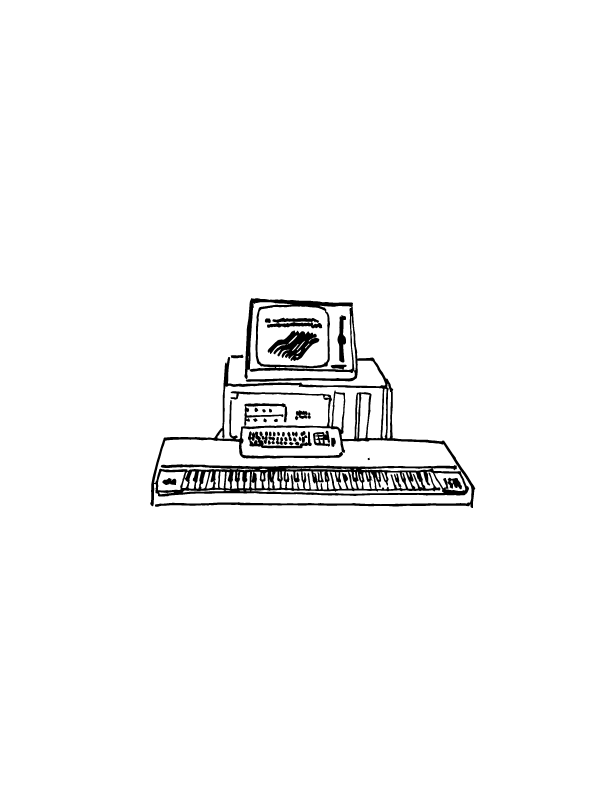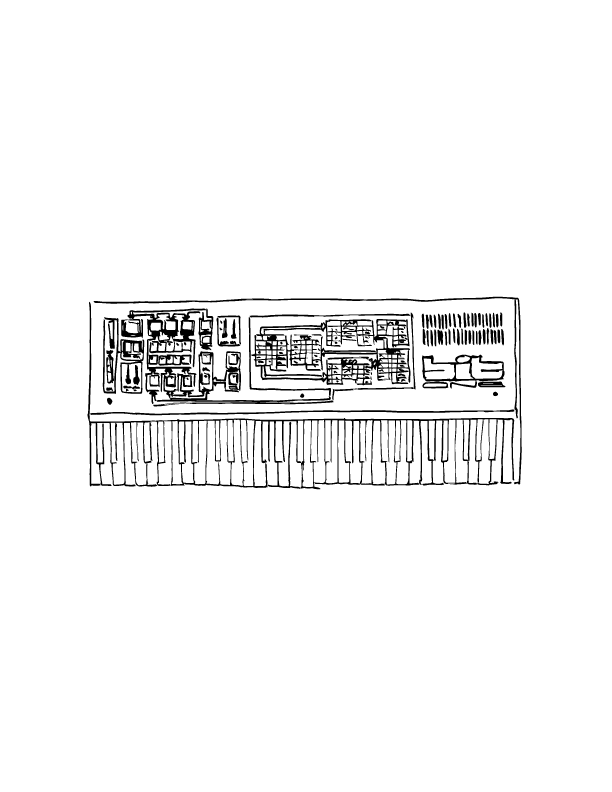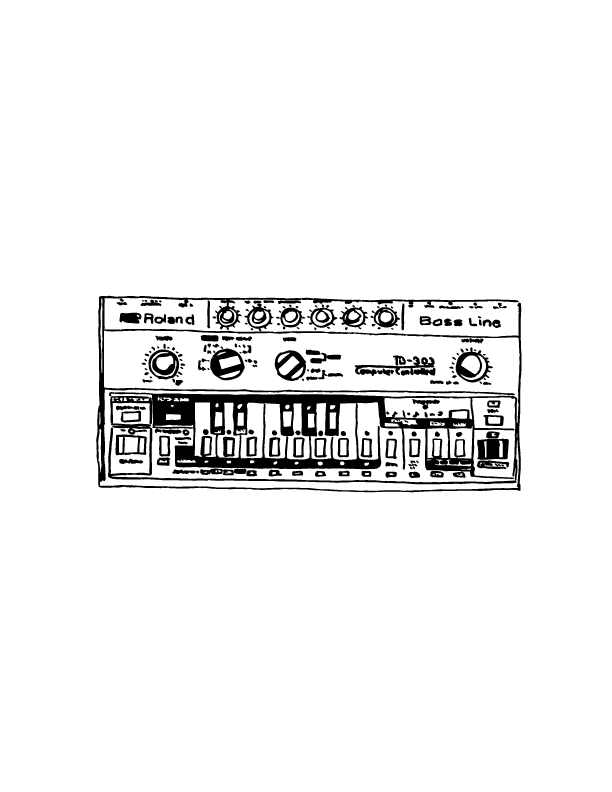A slightly belated round-up of Synth Evolution activities from 2022. (Had a bit of flu at the end of last year which somewhat knocked me for six, hence the delay.)
Sill, last year was quite productive, now I look back at it - so a big thanks to all Synth Evolution customers whose support, interest and purchases keep me motivated to make and sell the best synth related products I possibly can. I love you all!
POSTERS
A refreshed set of colours to my best-selling core product - the Greatest Hits of Synth poster - now in blueprint blue, racing green, alongside re-prints of the black and white versions. I do love the green version! :-)
I was hugely honoured to be asked by the Alan R Pearlman Foundation to design the 50th Anniversary poster for the beyond-legendary ARP Odyssey. I was only too happy to oblige, basing this design on a vintage advert, but updating it with some great quotes from selected artists, musicians and producers declaring their love this instrument. A lovely project to work on and resulting in a splendid celebration of this classic synth:
I branched out into posters featuring a single synth for the fans of any one particular synth. Available in A4/A3 sizes or as digital downloads, I can produce these to order to feature any of the 500 or so synths I have illustrations for!
T-SHIRTS
Following 2021’s highly successful and enjoyable ‘World Cup of Synths’ collaboration with ‘We Are 1 of 100 T-shirts’, I approached them with a new idea focussing on synth oscillators. I think we came up with super-cool designs celebrating both the synths themselves in a novel and - splendidly nerdish way!
Did I mention we got a cease and desist from Moog Music by not thinking through the implications of using the Moog logo? Whoops! Luckily we got permission from the ARP Foundation to use the logo on this glorious artifact below:
https://weare1of100.co.uk/clothing/all-t-shirts/t-shirts/oscillator-champion-2022-oli-freke/
We also made a splendid ARP Odyssey t-shirt to accompany the poster:
https://alanrpearlmanfoundation.org/product/50-year-odyssey-tee-shirt/
Calendar
Following of from the collaboration with the Alan R Pearlman Foundation with the Odyssey’s 50th Anniversary poster, it was great to see the illustration used in their 2023 Calendar - available to purcahse right now for the year ahead…
SYNTHfest uk
The first in-person SynthFestUK since lockdown took place in October 2022 and it was wonderful to catch up with old friends and make new ones after a two year hiatus. As ever Synth Evolution hosted a stand and sold plenty of books, posters, mugs and t-shirts. Thanks to all those customers and it was great to chat with everyone there, customer or not. I was able to slip away to see Paul Wiffen’s splendid talk featuring the Elka Synthex (Jarre’s laser harp) and the E-Mu 50th anniversary talk by Tony Wride of Exclusively Analogue.
Synth Evolution stand at SynthFestUK 2022
synthtrax.net
I created a Wiki site to log all the verifiable uses of synths in every track ever made. Yes, that was a bit crazy ambitious, but it’s up and running and I had some enjoyable research sessions fleshing out the Moog Minimoog, ARP 2600, Roland Jupiter 8, and many more. Check it out, and help out - it’s an open Wiki and I would welcome any dedicated collaborators :-)
Music
As well as all the Synth Evolution products and activities, I also produce electronic music with synths (unsurprisingly!) In 2022 I released three techno EPs which I think get the balance right between hardness, funk, groove, melody, arrangement and is in-keeping with the genre’s heritage. Well, I would say that of course, wouldn’t I?
2023
So, what about 2023 then? Well, all things being equal, it’d be great to create a new poster or two. I haven’t really thought what that could be yet, but I’m sure it will be some combination of hand-illustrated vintage synthesizers combined with a view of their place in musical and tech history.! I’d also love to follow up 2020’s Synth Evolution book, and I have some ideas that could similarly grab the imagination of synth fans everywhere. And of course, bang out some more banging techno! Hopefully get to do some PAs too…watch all these spaces, and more!














